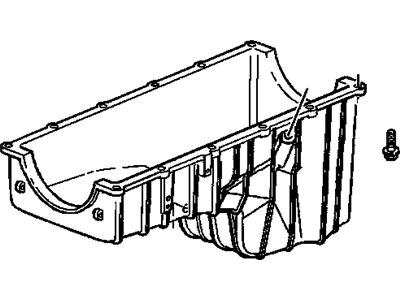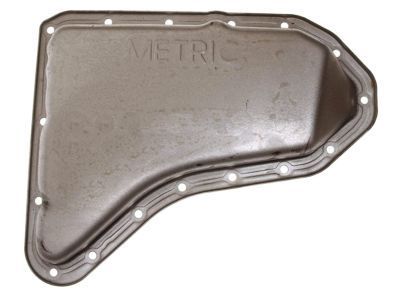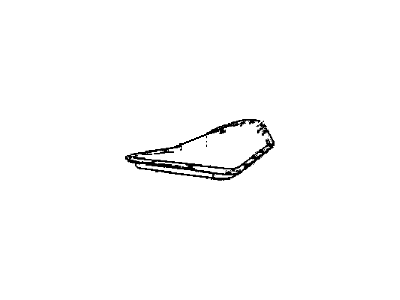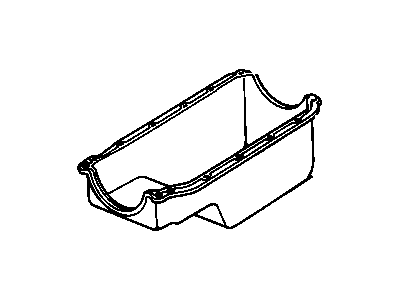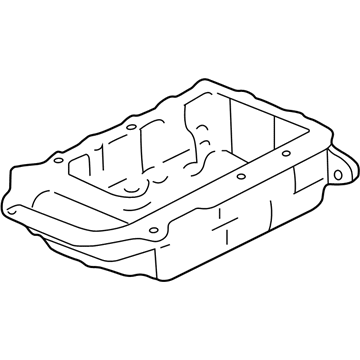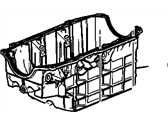
My Garage
My Account
Cart
Genuine Chevrolet Beretta Oil Pan
Oil Drain Pan- Select Vehicle by Model
- Select Vehicle by VIN
Select Vehicle by Model
orMake
Model
Year
Select Vehicle by VIN
For the most accurate results, select vehicle by your VIN (Vehicle Identification Number).
6 Oil Pans found
Chevrolet Beretta Pan Asm,Oil
Part Number: 12512670$185.45 MSRP: $276.52You Save: $91.07 (33%)Ships in 1-2 Business DaysChevrolet Beretta Pan Asm,Oil
Part Number: 24504719$48.11 MSRP: $136.14You Save: $88.03 (65%)Ships in 1-2 Business Days
Chevrolet Beretta Oil Pan
Chevrolet Beretta Oil Pan is a vital part that is tasked with the responsibility of housing the right amount of oil for the lubrication of the engine. The majority of Beretta vehicles employ a wet sump system; the essence of this system is the oil pump that provides the oil situated in the pan and in the pickup tube. It then flows back to the bottom of the pan for re-circulation process again and is heated. In the past oil pans were made of stamped steel but many Beretta engines produced today have cast aluminum reservoirs. This design makes it possible for the engine to be well lubricated in all the working conditions hence-increased efficiency and durability of the vehicle.
Each OEM Chevrolet Beretta Oil Pan we offer is competitively priced and comes with the assurance of the manufacturer's warranty for the part. Furthermore, we guarantee the speedy delivery of your orders right to your doorstep. Our hassle-free return policy is also in place for your peace of mind.
Chevrolet Beretta Oil Pan Parts Questions & Experts Answers
- Q: How to remove and reinstall the oil pan in 2.3L four cylinder engine on Chevrolet Beretta?A:The following procedure is based on the assumption the engine is in place in the vehicle. If its been removed, simply unbolt the oil pan and detach it from the block. Disconnect the negative battery cable from the battery, then drain the oil. Remove the lower splash shield. Detach the lower bellhousing cover. Unbolt the exhaust manifold brace. Remove the radiator outlet pipe-to-oil pan bolt. On manual transaxle equipped models, remove the transaxle-to-oil pan nut and stud with a 7 mm socket. Gently pry the spacer out from between the oil pan and transaxle. Remove the oil pan-to-transaxle bolt. Remove the oil pan mounting bolts. Carefully separate the pan from the block. Don't pry between the block and pan or damage to the sealing surfaces may result and oil leaks may develop. The Crankshaft may have to be rotated to gain clearance for oil pan removal. If you need to get at the crankshaft or other lower end components, remove the oil pan baffle. Clean the sealing surfaces with lacquer thinner or acetone. Make sure the bolt holes in the block are clean. The gasket should be checked carefully and replaced with a new one if damage is noted. Minor imperfections can be repaired with ATV sealant. Use only enough sealant to restore the gasket to its original size and shape. Excess sealant may cause part misalignment and oil leaks. Reinstall the oil pan baffle, if removed. With the gasket in position, carefully hold the pan against the block and install the bolts finger tight. Tighten the bolts. Start at the center of the pan and work out toward the ends in a spiral pattern. Note that the bolts are not all tightened to the same torque figure. The remaining steps are the reverse of removal. Don't forget to refill the engine with oil before starting it. Start the engine and check carefully for oil leaks at the oil pan.

